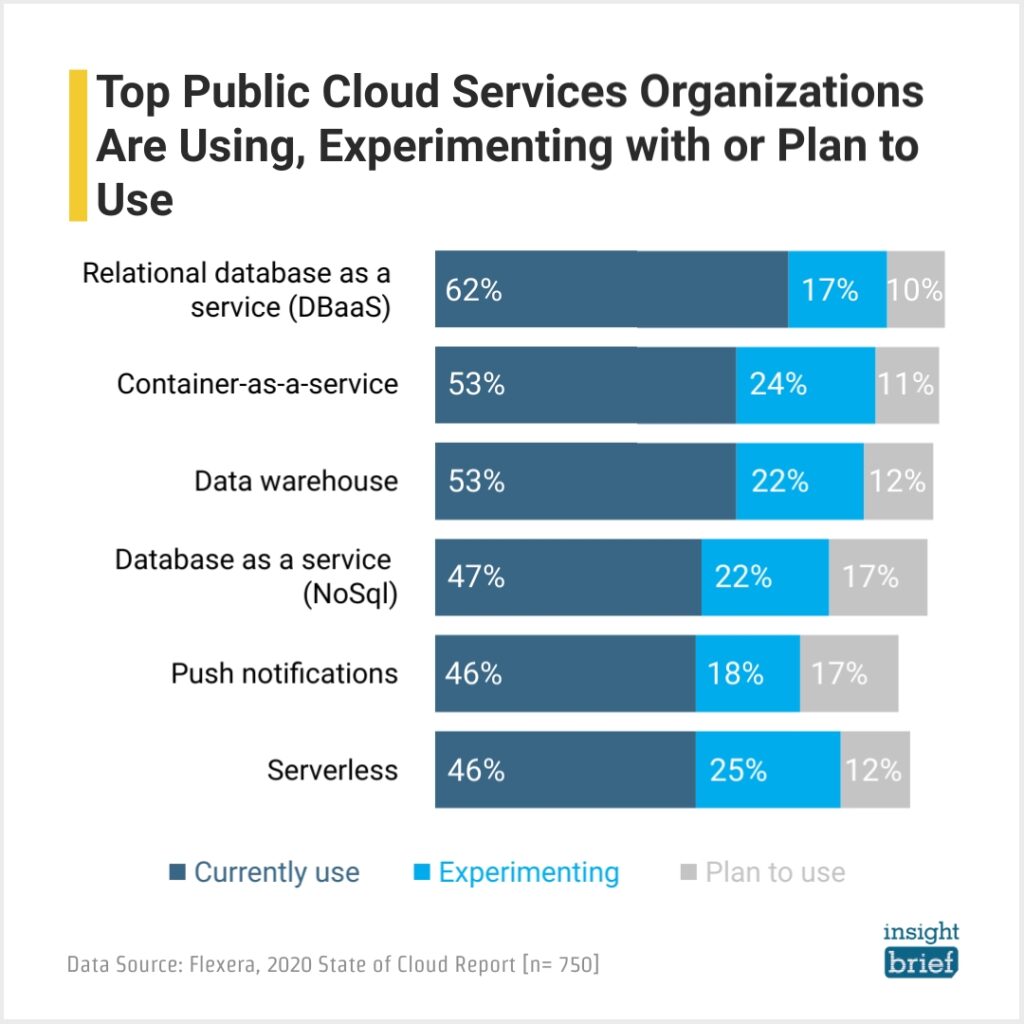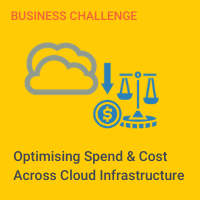
Cost control is the top cloud-management concern organizations face today. With this challenge in mind, cloud service providers offer certain cost-management capabilities as part of their platforms. Because these so-called native tools are dedicated to analyzing cost and usage of the individual cloud service providers, they make the most sense early in the cloud journey.
When cloud initiatives begin to scale, it’s time to consider graduating to third-party tools dedicated to controlling and optimizing cloud costs. At this point, cloud footprints have expanded, additional services are consumed, multiple accounts are used in a variety of locations, and likely multiple clouds have been added. At the same time, cloud spend must be tightly controlled to reduce the risk of budget overruns or increased waste, which is especially important during times of economic uncertainty.
Check our guide to cloud cost management.
A more comprehensive approach to understanding cloud usage and controlling cloud costs is needed.
What are the main cloud cost-management tools?
Deciding whether your cloud cost-management requirements are covered by native tools means knowing what’s inside the integrated toolbox offered by your cloud provider: Given three service providers comprise two thirds of the global public cloud market – Amazon Web Services (AWS), Microsoft Azure, and Google Cloud Platform (GCP) – it’s likely your environment includes one or more and you have access to their native tools.
AWS native tools let organizations optimize their AWS costs and usage through these services that are mostly free or have nominal fees:
- AWS Cost Explorer: drill into historical cloud spend and understand trends with flexible cost reporting.
- AWS Budgets: set up custom budgets that send alerts when budgeted thresholds are exceeded or when RI coverage drops below targets.
- AWS Recommendations: identify potential resource savings and surface optimization recommendations for rightsizing EC2 instances and RI purchases.
- AWS Trusted Advisor: provide recommendations to reduce costs and improve system performance and reliability.
Microsoft’s Azure Cost Management provides organizations with visibility and optimization recommendations through:
- Azure Cost Analysis: visualize your Azure cloud spend with simple dashboards.
- Azure Budgets: establish budget notifications and threshold alerts via email or Azure Action Groups.
- Azure Advisor Recommendations: offer cost-saving recommendations encompassing VM rightsizing and RI purchases.
Google Cloud’s cost management capabilities are provided through various sections of their “Google Cloud Console”. These Include:
Billing: view reports with a graphical representation of current cost trends and forecasts that can be filtered and grouped by Project, SKU, and Location.
Pub/Sub: configure GCP’s general messaging service to manage budgets and trigger alerts.
Compute Engine: list VM instances and append a Recommendation column to surface cost saving opportunities.
Why should you consider independent cloud financial management tools?
Third-party tools such as Apptio Cloudability pick up where native tools leave off in three critical areas of cost control.
Allocation and visibility
Visibility into cloud spend is the key to potential cost optimization opportunities. Gaining those insights requires having a cost allocation structure and policies that group costs in business-meaningful ways, giving the various stakeholders specific insight into their area of interest.









